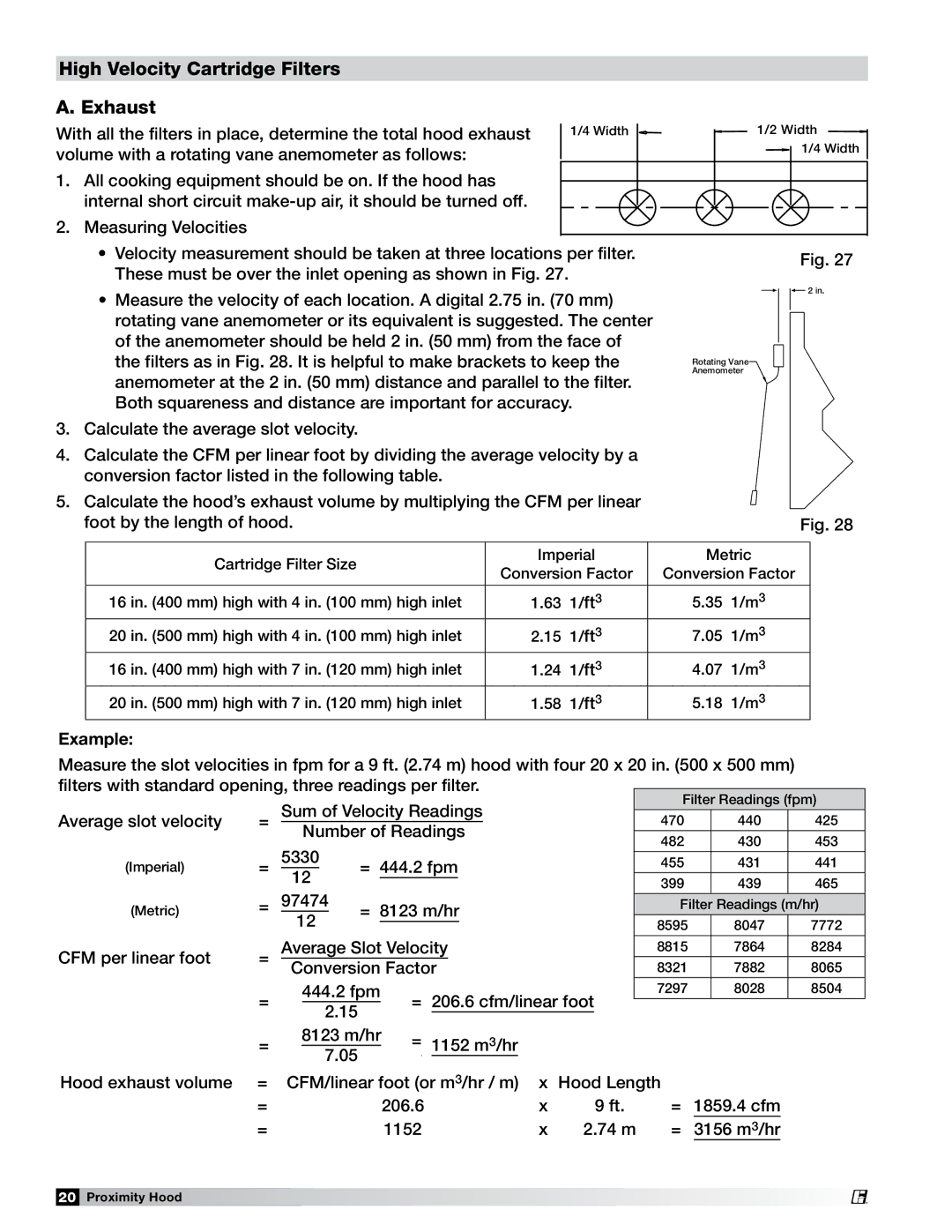PN 458294 specifications
Greenheck Fan PN 458294 is a prominent product in the HVAC industry, designed to deliver high performance, efficiency, and reliability in various applications. This unit is widely recognized for its ability to optimize airflow while minimizing energy consumption, a feature that is becoming increasingly vital in current energy-conscious markets.One of the key features of the Greenheck Fan PN 458294 is its robust construction. Built with durable materials, this fan is engineered to withstand harsh environmental conditions, making it suitable for both indoor and outdoor installations. The corrosion-resistant finish further enhances its resilience, ensuring a longer lifespan and reduced maintenance costs.
The fan is equipped with advanced aerodynamic designs that improve its airflow performance. This design focus not only maximizes the fan's efficiency but also provides quieter operation, which is a crucial factor in sensitive environments such as offices, schools, and hospitals. The noise reduction technology integrated into the unit helps maintain a comfortable atmosphere while keeping operational disturbances to a minimum.
In terms of technology, the Greenheck Fan PN 458294 features state-of-the-art motor technology that offers variable speed control. This capability allows users to adjust the fan's operation according to specific needs, enhancing energy efficiency while ensuring optimal airflow. The internally mounted motor and belt drive system contribute to reduced vibration and increased stability, further lowering wear and tear over time.
This fan also incorporates innovative control options, allowing for easy integration into existing building management systems. This smart technology enables users to monitor and adjust performance remotely, ensuring maximum efficiency and adaptability to changing operational demands.
Another noteworthy characteristic of the Greenheck Fan PN 458294 is its versatility. It can be utilized in a variety of applications, including industrial ventilation, commercial exhaust, and air supply systems. The wide range of available configurations and accessory options makes it an ideal choice for meeting diverse project requirements.
In conclusion, the Greenheck Fan PN 458294 stands out in the HVAC market due to its combination of robust construction, advanced aerodynamic design, innovative motor technology, and versatile application capabilities. As energy efficiency continues to be a priority in building design, this fan offers a reliable solution for maintaining optimal airflow while minimizing environmental impact.

